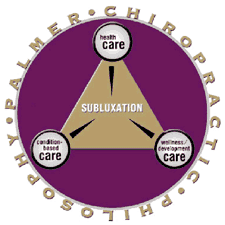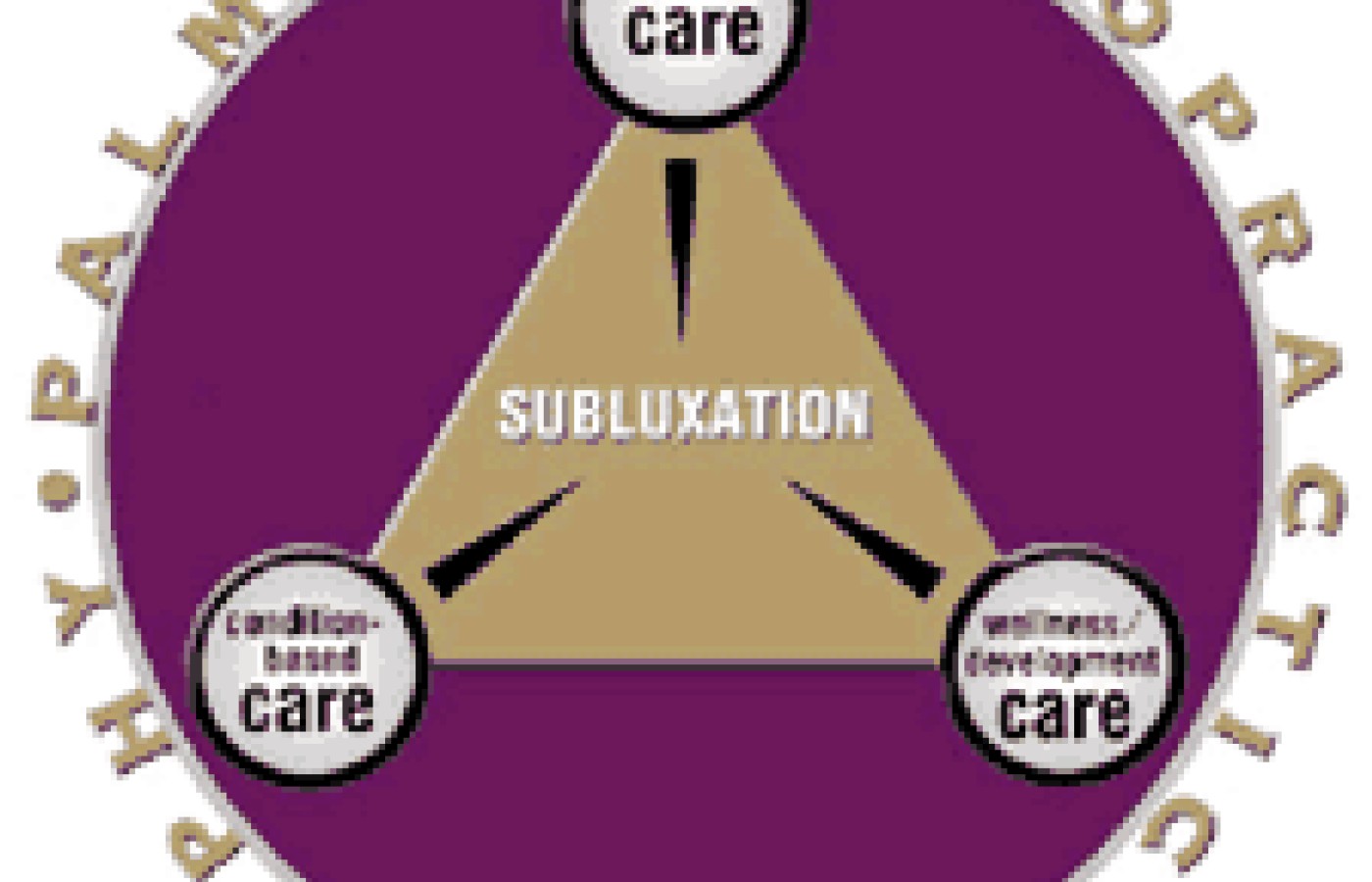In a landmark development, Blue Cross Blue Shield (BCBS) has reached a $2.8 billion settlement to resolve antitrust claims brought by health care providers, including chiropractors. The lawsuit accused BCBS of dividing the nation into exclusive regions and limiting competition, which resulted in lower reimbursements for providers. Although BCBS denies any wrongdoing, the company agreed to the settlement to avoid lengthy litigation – and you can get a piece of the pie.
What's the Point of a Split Profession?
When I listen and read articles discussing the pros and cons of splitting the profession into those who consider themselves "chiropractors" and those who want to be called "chiropractic physicians," "doctors of chiropractic medicine," etc., I can't help but wonder why this debate even exists. I've always thought the word that defines us is simply "chiropractor." Why should we be called anything else?
Certainly the majority of us here at Palmer (and based on surveys,almost all practicing DCs) would agree with that line of thinking. After all, isn't the point of what we do for our patients centered on reversing the adverse effects of the subluxation complex? Does it matter to the patient whether we call ourselves chiropractic physicians or chiropractors? I doubt it. Either way, the public looks at us as chiropractors. It's up to us to teach what that means and how we can help them optimize their health.
To clarify our emphasis on chirocentric care (a term coined by my predecessor, Dr. Virgil Strang) as the basis of the Palmer educational experience, we have developed a model reflecting the Palmer chiropractic philosophy. This model was created with input from across the Palmer Chiropractic University and is used to educate students, expand patient care, and communicate our philosophical vision to everyone connected with Palmer and chiropractic: faculty, staff, students, patients in our clinic system and field practitioners.

Figure I: Palmer chiropractic philosophy.
Our training of students and patient care is encompassed by a philosophy represented by the outer circle (see Figure 1) and is expressed in Palmer tenet #1:
The Palmer Chiropractic University embraces the philosophy that life is intelligent; the human body possesses inherent potential to maintain itself in a natural state of homeostasis through its innate/inborn intelligence.
Implicit within all aspects of this training and care is the clinical phenomena and scientific exploration of the vertebral subluxation complex as captured in Palmer tenet #2:
The Palmer Chiropractic University maintains that the science of chiropractic emphasizes the relationship between structure, primarily of the spinal column and the nervous system, and how that relationship affects function and health. Implicit within this statement is the significance of the nervous system to health and the effect of the subluxation complex upon the nervous system and, therefore, the body.
Finally, due to patient goals when they enter chiropractic, professional responsibilities and a continuum of care that is expected to result in a lifetime partnership between the chiropractor and the patient, three aspects of care require unique training and competencies: condition-based care, health care and wellness/development care.
Even though our main focus is on the spine, nerve systems and subluxation correction, we also have responsibilities when people come in for condition-based care (back pain, headaches, neck pain, etc.) to know whether or not they may have conditions that require an alternative type of care: whether it be medicine or some other type of complementary care. This does not negate the need for chiropractic care, it just recognizes that there are problems outside the scope of our expertise and training.
Under the heading of condition-based care (most frequently, but not exclusively), our students have a responsibility to the patient to assess chiropractic subluxation correction and whether, in addition to this care, other symptoms or pathologies may need care in the medical or alternative field. There is a broad spectrum of diagnostic possibilities, ranging from referential to differential diagnostic modalities. At a minimum, doctors of chiropractic are trained to diagnose abnormalities and make referrals. How and to whom they refer is a matter of professional integrity and individual responsibility. Some choose to emphasize this area of study and gain differential diagnostic competencies.
Do all chiropractors need the same level of diagnostic training? No! A practicing DC/clinician is never required to have the same level of competence a diplomate specialty in radiology, pediatrics or neurology implies. The general field practitioner recognizes when a unique need arises and knows when to use specialists. This is also true in diagnosis. In addition, condition-based care is unique in that issues of third-party pay are involved.
Once condition-based care is complete, however, we have additional responsibilities to health care (HC) and wellness/development care (W/DC): the other points of the Palmer chiropractic triangle. We believe health has to do with the effective function of the organism and its successful adaptation to an ever-changing environment. In addition, the human experience is not just confined to physical well-being and health (wellness), but must include the growth and development of a person beginning before birth and throughout life (HC and W/DC). To restrict health care to a discussion of short-term care focused on symptoms and disease is immoral in today's health care understanding. Therefore, we support educating and empowering patients; we teach care from birth throughout life; and we emphasize subluxation correction as the center of all patient care to enhance biomechanical/neurological integrity.
At the core of this patient care model, the concept that makes this care uniquely chiropractic, is the vertebral subluxation complex. A recent survey of Canadian chiropractors found that 89% of those surveyed considered correcting subluxations the primary focus of their practice. Many vertebral subluxation complex models have been developed over the years. If we look at one of the most popular models, the five-component model of the VSC developed by John Faye (kinesiopathology, neuropathophysiology, myopathology, histopathology and spinal pathology), I think most of us would agree that at the very least, the VSC has at its core definition a neurological and biomechanical component. Where does this leave us as a profession?In my view, the following basic beliefs define a chiropractor:
- The subluxation is at the core of a patient's relationship with a chiropractor. We are competently trained to deal with other health care issues that arise from that core. We possess the necessary expertise to identify problems and, based upon professional responsibility, refer patients to an appropriate alternative practitioner when necessary.
- The VSC has at least a neurological and biomechanical component.
- Chiropractic care is more than just condition-based. It also encompasses the overall health of the patient, which has to do with function and adaptation.
- Lifetime care should be a part of a person's overall approach to wellness and development.
This allows for a wide range of healthy dialogues to occur, such as where to direct our research dollars, how to increase market share and utilization, what the role of specialties can be, how to best educate the chiropractor of the future, techniques, modalities, etc.
If we can agree on the four basic beliefs listed above, perhaps we should get on with moving the profession forward, rather than continuing a no-win debate on splitting the profession at every level.



